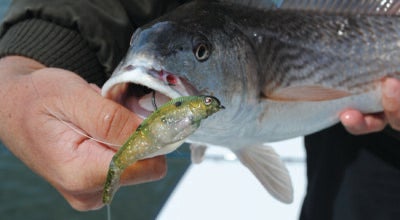The Extension Corner: Handling anger
Published 10:34 am Friday, June 15, 2018

Kacie HatleyBy Kacie Hatley, for the SNAP
How do you handle your anger? Everyone is born with the capacity to feel anger. Our culture may tell us that decent people don’t display their ang
er.
Consequently we work hard to conceal our feelings. But we can’t conceal the bodily changes that occur: blood pressure rises; heartbeat increases; blood vessels expand; and the result is a massive explosion of energy.
How we handle that explosion is often related to how we were raised. Some families practice physical punishment. Other families tend toward verbal punishment such as name-calling or sarcasm.
Still other families suppress and repress their anger. It is still there; however, it reveals itself in the form of headaches, asthma attacks, itching or perhaps insomnia.
What’s the best way to deal with one’s anger?
1. Acknowledge that anger exists. It is a human characteristic. It’s alright to be angry with your child and your child can be angry with you.
2. Agree that it is not acceptable behavior to injure someone as a result of anger. Anger is an emotion. Aggression is not an emotion. It is an action.
3. Talk about the anger. It’s okay to admit how angry you are. Tell your child, “I’m angry when I see those crayon marks on the wall. I have to clean up that mess.” Or, “I know it makes you angry when I have to do this,” as you deprive the child of a treat.
4. Emphasize your own feelings rather than attacking your child. To do this, use the statements that begin with the words: “I feel as if …” or “I feel upset when …” Don’t use words that attack and hurt someone such as, “You always …” or “You never …” or “You are a …”
5. Avoid anger-producing situations. Sometimes we ask questions that we should know will produce the opposite of our wishes, such as, “Are you ready for bed now?” We could anticipate that the answer would be, “No!” So, to avoid getting angry at our child’s negativity, we could use a statement (“It’s time to go to bed”) instead of a question.
6. Look for strategies together. Encourage your child to generate ideas to solve a problem.
If he or she is involved in developing solutions to a problem, the solution will more likely be successful.
The information in this article and more great information on youth development can be found in the “Growing Together” newsletter. Information sourced in part from: Handling Anger. (2018). Growing Together, 34(6). Retrieved from growingchild.com/growingtogether/5296nm/Jun18.pdf.
To find out more about accessing this monthly newsletter, contact kacie_ hatley@ncsu.edu or call 704-983-3987.
Kacie Hatley is the 4-H agent with the N.C. Cooperative Extension Office in Stanly County.




